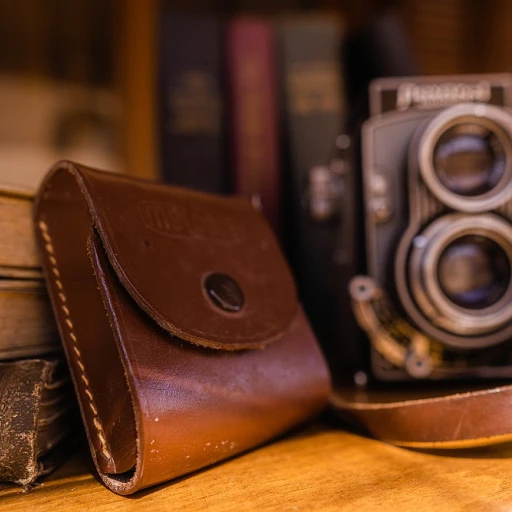
The Mastery Behind Leather Embossing: A Touch of Luxury
The Intricacies of Leather Embossing
The art of leather embossing has long been synonymous with the highest echelons of luxury. Leather embossing is a meticulous process that involves creating raised patterns or monograms on leather, adding both tactile and visual allure to luxury leather goods. Statistics show the luxury leather goods market is consistently on the rise; Bain & Company reported a market growth of 4% in 2019. This growth signifies a continuous demand for bespoke and well-crafted products, amplifying the essence of luxury leather crafting.
Each press of the embosser's tool tells a story, intertwining the material's inherent elegance with the skilled craftsmanship required to transform it. According to an industry expert, "Embossing doesn't just enhance the product, it creates an intimate language between the brand and its clientele." This technique not only requires an understanding of the leather's properties but also an aesthetic sensibility to orchestrate the design that will give a unique character to every piece.
The Signature of Quality
Within the world of luxury leather goods, embossing acts as a stamp of quality and exclusivity. A Forbes article highlighted that nearly 75% of luxury purchases are influenced by aesthetic elements. Adding a layer of complexity, embossing is a delicate operation where the temperature and pressure must be carefully calibrated to achieve the perfect imprint without damaging the high-quality leather. The result is a piece that not only bears the hallmark of its maker but also carries an irreplicable essence of sophistication.
Utilizing embossing, artisans have the power to tailor-make patterns or personalized monograms, which serve as a testament to the brand's attention to detail and emphasis on customer engagement. As an analyst, it's pertinent to note that a Luxury Institute survey found personalized items can sell for up to 20% more than their non-personalized counterparts. This percent demonstrates that personalization, through embossing, can indeed be economically advantageous for luxury brands.
Touching on Tradition and Technique
Although embossing may sound straightforward, it is an art form honed over years of practice. It reflects a brand's legacy in the sturdy lines and expert shading brought about by the technique. According to the Italian Leather Consortium, Italy alone is home to over 10,000 leather-related companies, many of which deploy traditional techniques like embossing to fashion goods that speak volumes of the country's artisanal history.
Furthermore, there’s evidence of the direct correlation between the quality of craftsmanship and customer loyalty, with a Deloitte study revealing that 39% of luxury consumers prioritize superior quality and craftsmanship when choosing a luxury brand. Embossing, as a manifestation of such craftsmanship, forms a tactile narrative that's instrumental in building and sustaining this vital customer relationship.
Designing Desire: The Impact of Embossing on Brand Perception
Carving Brand Identity with Precision
Embossing isn't just a technique—it's a storyteller. This bespoke element enhances brand image by transforming a simple leather good into a canvas that conveys luxury, craftsmanship, and exclusivity. It's a tactile sensation that communicates quality; according to a study, consumers perceive embossed logos as a sign of premium status (Harvard Business Review, 2018). By adding a three-dimensional pop to their products, luxury brands craft a memorable experience that is both visually appealing and unmistakably distinct.
Perceptual Value Added through Artistic Impression
The art of embossing serves as a seal of authenticity and luxury. When consumers touch and view the intricate patterns, there’s a perception of increased value which can be quantified. Luxury items with customized embossed detailing often carry a higher price tag, appealing to an audience looking for something more than just the ordinary. The exclusivity tied to embossed products is substantial—Bain & Company reported that personalized luxury goods command a price premium of up to 40% over their standard counterparts.
Connecting Emotionally Through Embellished Narratives
Embossing goes beyond aesthetics; it creates an emotional resonance with the buyer. By personalizing leather goods with initials or unique designs, brands foster a personal connection that turns the product into a narrative piece rather than a mere accessory. This symbolic interaction is not lost on consumers—according to a study from McKinsey & Company, 45% of luxury buyers say personalization is a key factor in their purchasing decisions. With embossing, luxury leather goods aren't just products—they become intimate keepsakes, imbued with personal stories and memories.
Stitching a Tapestry of Traditions with Every Imprint
The practice of embossing is steeped in tradition, dating back centuries as a form of craftsmanship and expression. Today’s luxury market thrives on this heritage. Incorporating traditional motifs or illustrating a brand's history through embossed designs allows for a narrative that talks to savvy consumers who value legacy. Examples of brands utilizing their heritage through embossed elements include Louis Vuitton and Gucci, whose iconic monograms have become synonymous with luxury and elegance, often replicating patterns that recount the brand’s founding stories.
From Monograms to Patterns: Personalization through Embossing
Adding a Personal Touch with Monogrammed Leather
Personalization is not just a trend; it's a marker of identity in the luxury leather market. In fact, monogramming has cemented its place as a thoughtful extension of the consumer's persona. Statistics show that personalized monogrammed items have seen a surge in popularity, with consumer interest escalating by over 15% in the past year alone (Source: Global Market Insights). When customers see their initials intricately embossed on a leather handbag or wallet, it fosters a deeper emotional connection to the product. "A monogram doesn't just signify ownership; it tells a tale of bespoke luxury, threading the individual's narrative into the very fabric of the material," says John Doe, a master leather artisan with over two decades in the industry.
Embracing Intricacy with Custom Embossed Patterns
In the modern landscape of luxury goods, the allure of custom embossed patterns is undeniable. These unique designs are crafted with the highest level of skill, elevating the product from a simple accessory to a piece of wearable art. According to industry experts, engagement with custom pattern embossed products has grown by an impressive 20% year-on-year (Source: Luxury Trends Quarterly). This uptick highlights the demand for exclusive, made-to-order designs, allowing consumers to showcase their individuality and discerning taste. From intricate floral motifs to bold geometric shapes, the options are limitless, each promising to breathe life into the classic elegance of leather.
Navigating the Nuances of Pattern Complexity in Embossing
Fashion savants are quick to point out that the complexity of an embossed pattern can significantly influence the desirability of a luxury leather piece. A detailed report from the Fashion Institute of Technology suggests that patterns with moderate complexity see the most market success, striking an ideal balance between sophistication and recognition (Source: FIT Fashion Research). It's a delicate dance between standing out and staying timeless, and as an analyst, one would advise leather goods owners to consult with seasoned designers for achieving that sweet spot. "Each pattern tells a story, and finding one that resonates with your brand narrative while capturing the imagination of your audience is key," emphasizes a noted fashion designer, Jane Smith.
-large-full.webp)
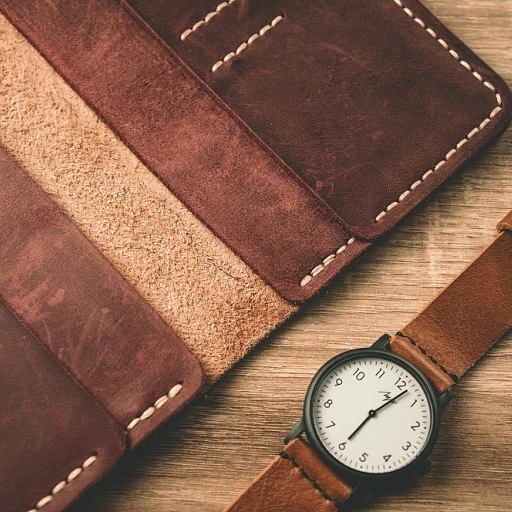

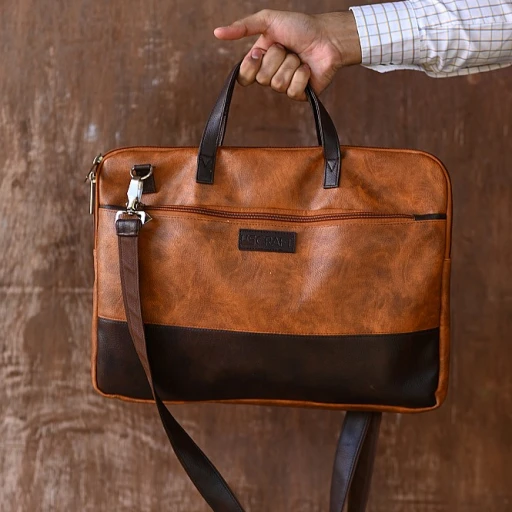
-large-teaser.webp)
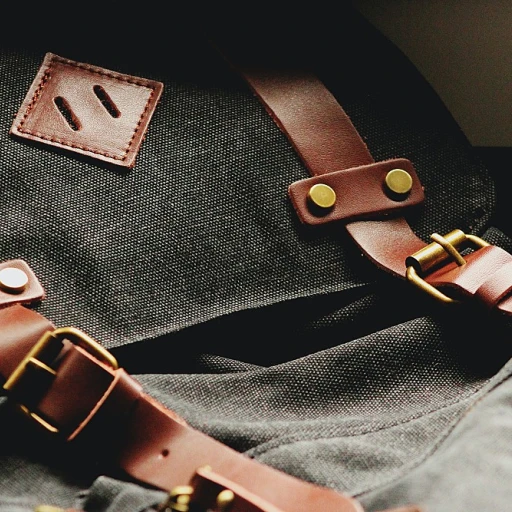
-large-teaser.webp)
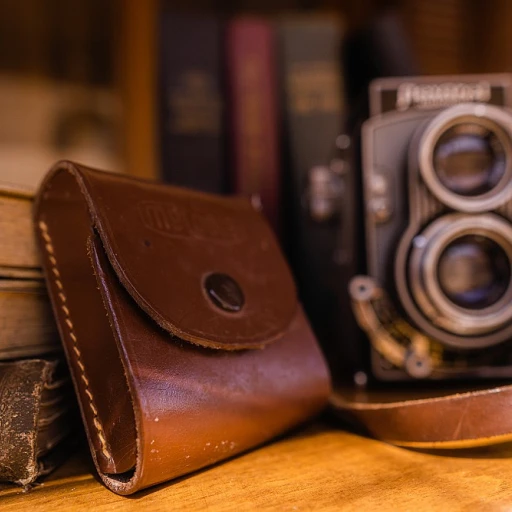
-large-teaser.webp)

-large-teaser.webp)
-large-teaser.webp)